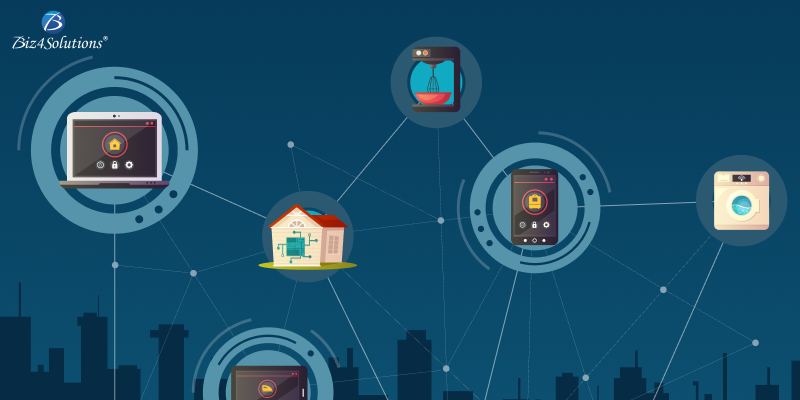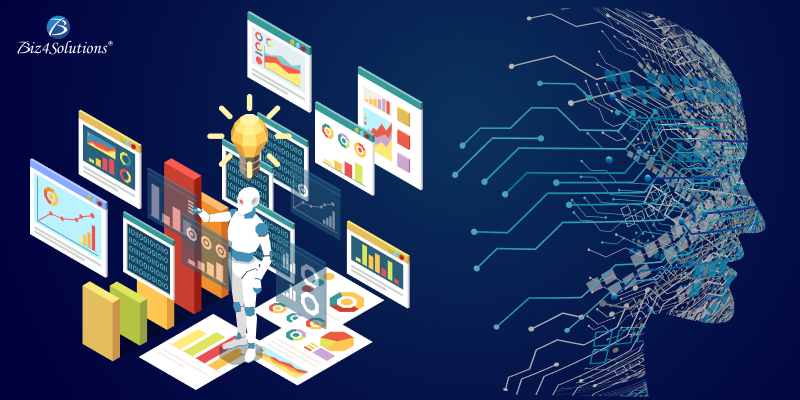Have you ever wondered why mobile health (mHealth) apps have become such a crucial part of modern healthcare; and
why hospitals, startups, and even governments are investing in them at record speed?
mHealth applications are no longer just “nice-to-have” digital add-ons. They are reshaping the healthcare ecosystem
by bridging the gap between patients and providers through real-time data, personalized insights, and always-on
accessibility. With smartphones, wearables, and IoT devices becoming daily companions, patients now carry powerful
health tools right in their pockets.
For healthcare entrepreneurs, CTOs, and product leaders, mHealth app development presents an unmatched
opportunity: improving patient engagement, reducing operational friction, and enhancing clinical outcomes while
meeting today’s expectations for instant, connected care.
Understanding Patient Engagement in the Digital Health Era
Traditionally, patient engagement meant attending appointments and following instructions. But in a world where
healthcare is rapidly shifting from reactive to proactive, the meaning has evolved. Today, patient engagement refers
to active, informed, and consistent participation in one’s health journey. This include tracking symptoms, managing
lifestyle choices, communicating with clinicians, and making data-driven decisions.
But here’s an interesting question: What makes a patient truly stay engaged? The answer often lies in simplicity,
personalization, and convenience: three factors that mHealth apps deliver exceptionally well.
Through educational content, medical reminders, integrated health data, and interactive communication tools, mHealth apps turn passive patients into empowered
partners.
Key Benefits of mHealth App Development in Patient Engagement
1. Remote Patient Monitoring & Chronic Care Management
Imagine catching early signs of a cardiac event or glucose spike without the patient ever walking into a clinic.
That’s the power of remote patient monitoring (RPM). mHealth apps that sync with IoT wearables can track heart rate
and ECG, blood glucose levels, blood pressure, oxygen saturation, and sleep and activity levels. This real-time data
enables clinicians to intervene early, personalize treatment plans, and prevent hospitalizations.
Examples: Continuous glucose monitors, digital heart health dashboards, remote COPD or hypertension trackers.
Food for Thought: What if RPM could predict deteriorations before symptoms appear? With AI + IoT, we’re closer than
ever.

2. Enhancing Doctor-Patient Communication Through Digital Platforms
Poor communication often leads to misdiagnosis, poor adherence, and patient dissatisfaction. mHealth apps flip this
challenge on its head by enabling secure chat, video consultations, virtual symptom checkers, quick appointment
scheduling, instant access to medical records. These tools provide faster clinician feedback and reassure patients
that help is always a tap away; a major factor in building trust and improving health outcomes.
Examples: Telehealth platforms like GoodCheckup, AI
assistants like Ada, Buoy Health.
Thought-provoking question: If patients could message their doctor as easily as texting a friend, how much earlier
could illnesses be detected?
3. Personalized Healthcare Through AI and Analytics
Every patient is unique; so why should healthcare feel generic? Well, AI-powered mHealth apps analyze behavioral patterns,
vitals, nutrition, and past medical history to deliver personalized diet plans, custom fitness routines, early
warnings for health risks, tailored mental wellness journeys, and more. This personalization boosts motivation and
helps patients stick to long-term care plans.
4. Medication Adherence & e-Prescription Management
Did you know that medication non-adherence costs the global healthcare system billions of dollars every year? Smart
medication management features help solve this through timely pill reminders, automated refill notifications,
e-Prescription downloads, and integration with online pharmacies. These features support behavioral consistency,
especially for patients managing chronic conditions.
5. Patient Education & Health Literacy Apps
A well-informed patient makes better decisions; and that inevitably leads to better outcomes. Educational mHealth apps offer evidence-based
articles, personalized content feeds, interactive learning and quizzes, condition-specific care tips, and
gamification elements like badges, goals, and progress tracking keep users engaged and curious.
Curiosity spark: Could gamified healthcare education reduce hospital readmissions? Early research says yes.
6. Behavioral Health & Lifestyle Improvement Platforms
Healthcare is no longer just about curing illnesses but nurturing overall well-being. mHealth apps now support
stress tracking, guided meditation, CBT-based digital therapy, sleep improvement tools, and healthy habit-building
programs. These platforms help users make sustainable behavioral changes while supporting providers in delivering
holistic care.
Top Emerging Technologies Powering mHealth Innovation
Innovation in mHealth is accelerating due to four key technologies. But how do these technologies actually impact
patient care?

Artificial Intelligence (AI) & Machine Learning
AI enables predictive analytics, virtual triage, automated health insights, clinical decision support. AI-driven apps can flag risks even before symptoms become visible.
Internet of Things (IoT) & Wearables
Wearables connected with IoT devices provide continuous streams of health data, allowing clinicians to make
decisions based on real-life conditions, not just occasional visits.
Blockchain for Secure Health Data Exchange
Blockchain ensures data immutability, secure and traceable sharing, HIPAA-compliant transparency, and vital for
interoperability across providers and insurance networks.
Augmented Reality (AR) & Virtual Reality (VR)
These immersive technologies are redefining physical therapy, pain management, patient education, and medical
training. Imagine a patient learning about a heart procedure through a realistic AR visualization; engagement
improves immediately.
Challenges in Building Secure & Scalable Healthcare Apps
Despite the potential, mHealth app development is complex and highly regulated. Key challenges include:
- Data Privacy & Compliance: Meeting HIPAA, GDPR, and global data standards.
- User Accessibility: Designing for seniors, differently-abled users, and diverse linguistic groups.
- Clinical Validation: Ensuring algorithms and content meet medical accuracy.
- Scalability & Interoperability: Integrating EHRs, APIs, IoT devices, and third-party systems.
- Success requires strategic planning, rigorous security testing, and robust architecture.
Curiosity question: Can mHealth apps become as regulated as medical devices in the future? The industry is heading
in that direction.
The Future of mHealth App Development & Patient-Centric Care
As digital transformation accelerates, the future of healthcare lies in continuous, personalized, data-driven care.
mHealth apps will increasingly integrate AI-driven diagnostics, predictive health scoring, mental wellness
ecosystems, voice-based digital health assistants, and real-time genomic insights. Healthcare organizations that
adopt secure, user-centric, and interoperable solutions will lead the next era of patient engagement. Ultimately,
the next generation of mHealth apps won’t just support patient care; they will redefine how care is delivered,
shifting the model from hospital-centered to home-centered, and from reactive to proactive.
Reimagining healthcare through digital experiences that empower patients and elevate care delivery.
